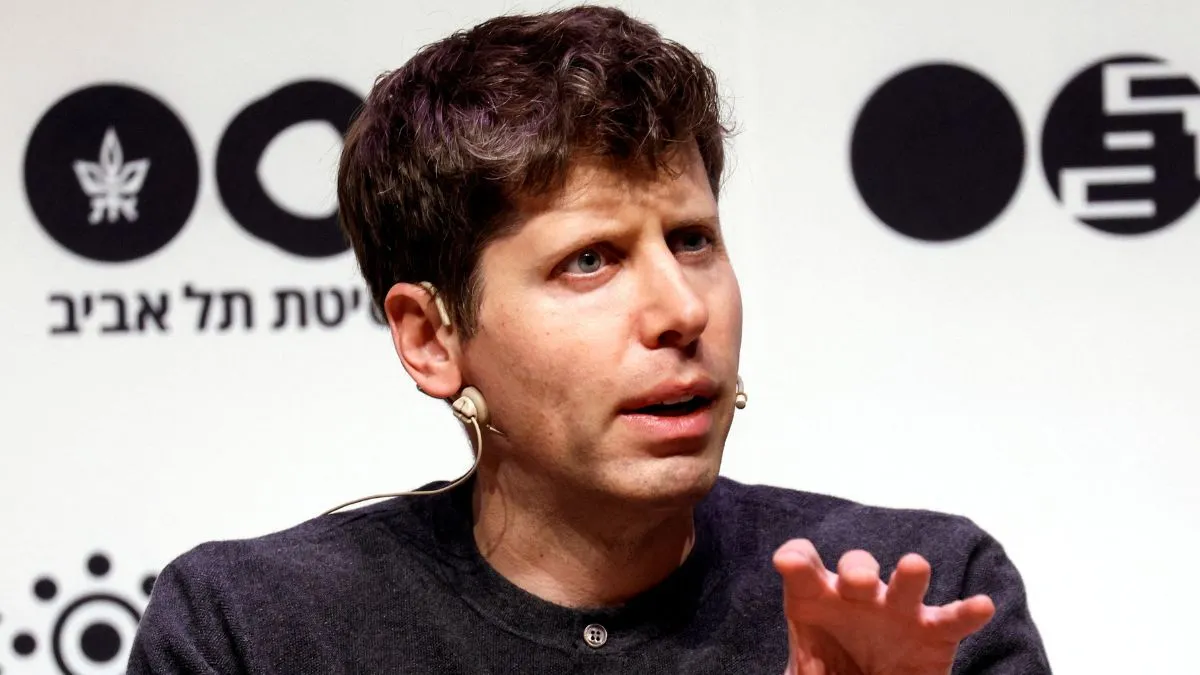- By Prateek Levi
- Sun, 26 Oct 2025 04:27 PM (IST)
- Source:JND
Sam Altman isn’t slowing down anytime soon. Running OpenAI, the company behind ChatGPT, clearly isn’t enough for him. Over the past few months, he’s been quietly expanding his reach into new frontiers—from web browsers and hardware to biometric tech and even brain–computer interfaces.
Earlier this week, OpenAI introduced its first web browser, ChatGPT Atlas—a move that blurs the line between a traditional browser and an AI workspace. But that’s just one part of Altman’s growing portfolio. He’s also collaborating with former Apple designer Jony Ive on a secretive hardware project that’s said to explore the next generation of AI-first devices.
ALSO READ: Halo: Campaign Evolved Announced, Full Remake Of Classic Combat Evolved Launches In 2026
And then there’s Worldcoin, the company he co-founded with Alex Blania. It’s behind the “Orb”, a metallic sphere that scans a person’s iris to verify they’re human — an ambitious attempt to create a universal digital identity system.
But Altman’s ambitions stretch even further. According to a new report from The Verge, he’s also quietly launched another company with Blania called Merge Labs—a startup that wants to rival Elon Musk’s Neuralink by creating a way for humans to communicate directly with computers, no brain surgery required.
Building a Neuralink rival
To push this vision forward, Altman has reportedly brought on board Mikhail Shapiro, an award-winning biomolecular engineer from Caltech. While his exact role at Merge Labs isn’t yet public, Shapiro is said to be playing a key role in discussions with investors.
Shapiro’s lab is known for breakthroughs in noninvasive neural imaging — particularly using ultrasound to interact with the brain without having to open the skull. His focus has long been on less intrusive ways to link human biology with technology. As he’s said before, it’s his “mission to develop ways to interface with neurones in the brain and cells elsewhere in the body that would be less invasive.”
That mindset fits perfectly with Altman’s own views. Unlike Neuralink, which relies on surgically implanted chips and threads, Merge Labs appears to be taking a gentler route. During a press dinner in August, Altman reportedly said he “would definitely not sew something to my brain.”
He added, “I would like to be able to think something and have ChatGPT respond to it… Maybe I want read-only. That seems like a reasonable thing.”
The long game: merging humans and AI
Altman’s interest in connecting humans and machines isn’t new. Back in 2017, he wrote a blog post titled “The Merge” that laid out his belief that the boundary between human and artificial intelligence is already fading. “I believe the merge has already started, and we are a few years in,” he wrote.
He went on to describe this process as a kind of feedback loop: “We are already in the phase of co-evolution—the AIs affect, effect, and infect us, and then we improve the AI. We build more computing power and run the AI on it, and it figures out how to build even better chips.”
ALSO READ: OnlyFans Beats Apple, Google, And Nvidia With The World’s Highest Revenue Per Employee
Between ChatGPT Atlas, his collaboration with Jony Ive, Worldcoin’s iris-scanning Orb, and now Merge Labs, it’s clear Altman is chasing something far bigger than chatbots. He’s inching toward a future where humans and AI don’t just coexist—they connect.

